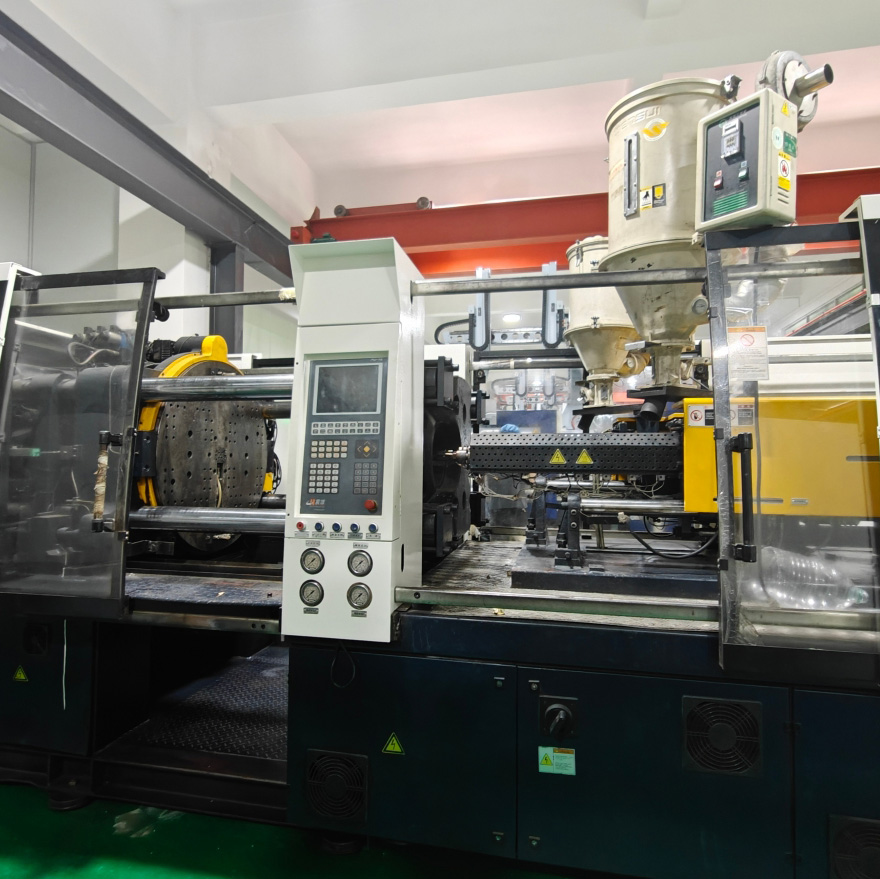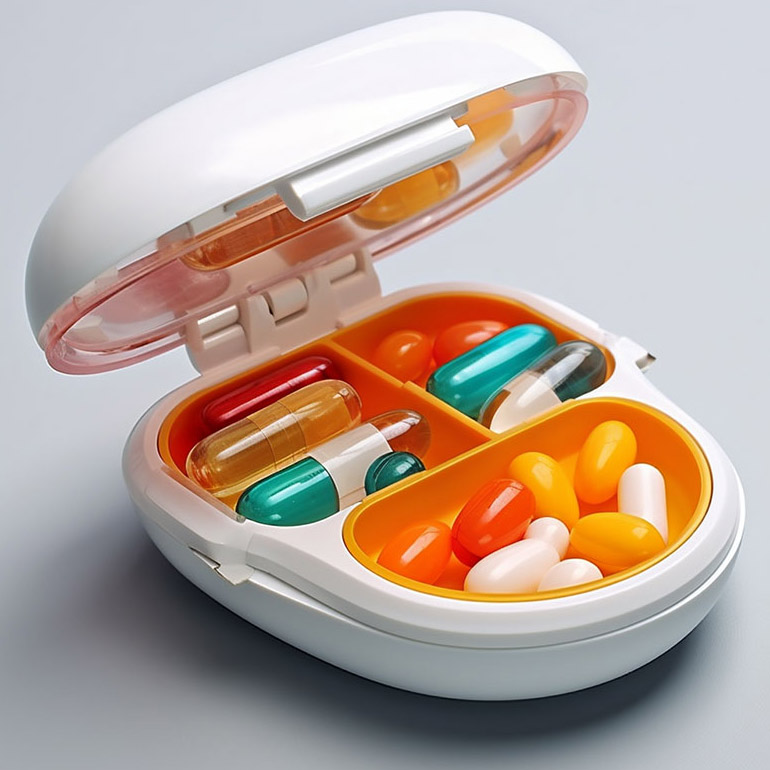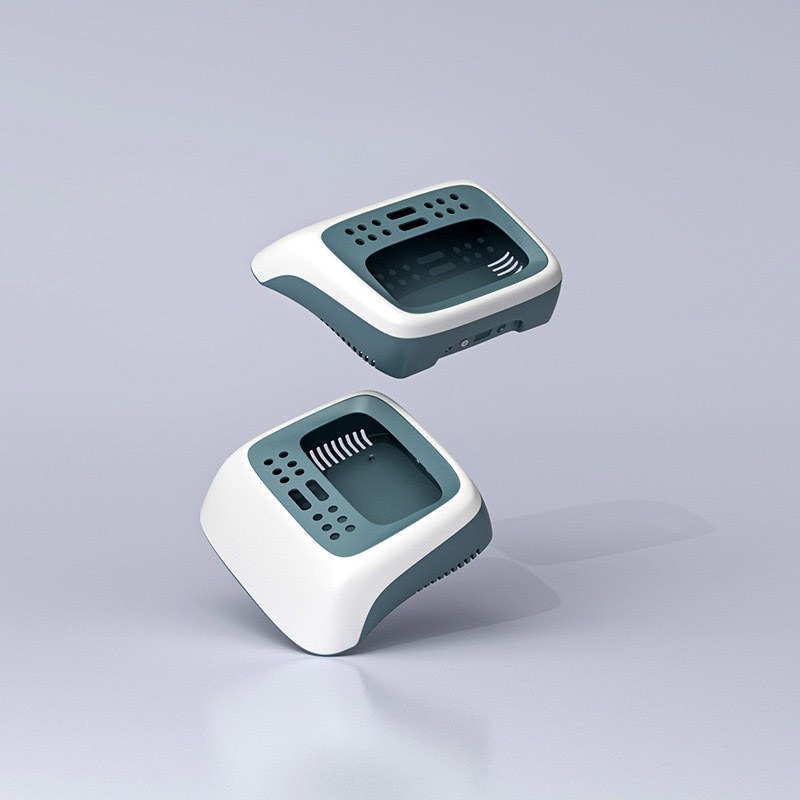PET Injection Molding: The “Invisible Expert” in Daily Life
You may not be familiar with PET injection molding, but you have likely used products made from it. Mineral water bottles, cosmetic packaging, medical devices… These daily necessities are all closely related to it. PET (polyethylene terephthalate) is a high-performance plastic. Thanks to its advantages, such as high transparency, good strength, and recyclability, it has become a “star material” in the plastic processing industry.
Industry Data
In 2023, the global PET market size is expected to exceed $40 billion, with an annual growth rate of 5.2%. China is a significant producer and consumer of PET, accounting for over 35% of the global market share.
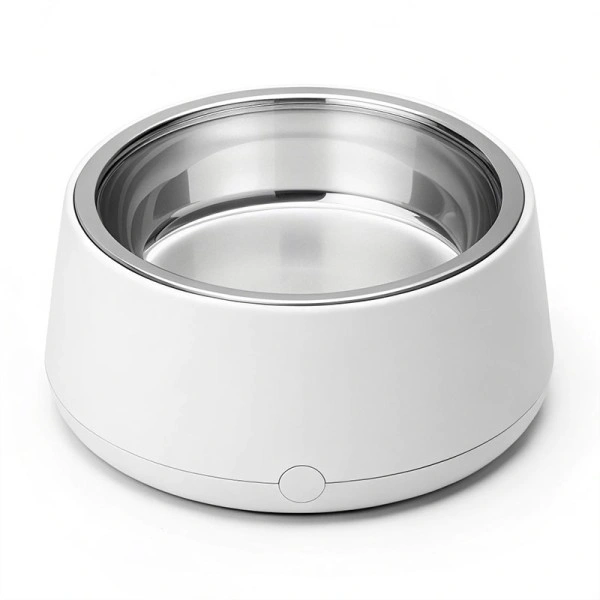
The 4 Core Stages of PET Injection Molding
1. Material Selection: Food-Grade, Medical-Grade, or General-Grade – Are You Using the Right One?
Food-grade PET must pass the FDA certification to ensure it is safe and non-toxic. Medical-grade PET has even higher requirements. It needs to have biocompatibility and high-temperature resistance.
2. Mold Design: A Good Mold Is Half the Battle
Mold design directly affects the appearance and performance of the product. Conformal cooling technology can shorten cooling time and improve production efficiency.
3. Process Parameters: The “Golden Triangle” of Temperature, Pressure, and Time
Temperature Control: The melting temperature of PET is usually between 260°C and 280°C. Pressure Adjustment: Excessive holding pressure can cause internal stress, while insufficient holding pressure may lead to shrinkage.
4. Post-Processing: Making the Product Perfect
Dehumidifying and Drying: The moisture content of PET materials must be controlled to below 0.02%. Annealing Treatment: It can eliminate internal stress and improve product stability.
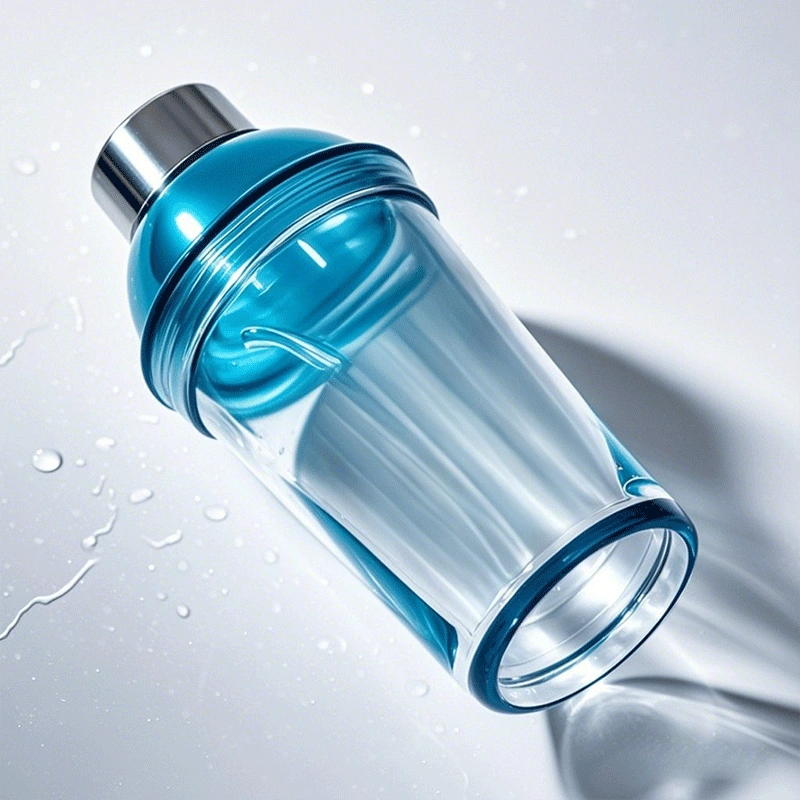
Common Problems and Solutions
Problem: Bubbles or Silver Streaks in the Product
Cause: The material is not thoroughly dried, or the temperature is too high. Solution: Use a dehumidifying dryer and control the heating temperature.
Problem: Product Deformation or Shrinkage
Cause: Uneven cooling or insufficient holding time. Solution: Optimize the mold cooling system and extend the holding time.
Problem: Uneven Surface
Cause: The mold surface is rough or the injection speed is too fast. Solution: Polish the mold and reduce the injection speed.
Industry Future: Intelligence and Greenization
Intelligent Upgrade
Intelligent injection molding machines can use sensors to monitor parameters such as temperature and pressure in real-time, and automatically adjust the process to reduce human errors. Case: After a specific enterprise introduced an intelligent system, the yield rate increased by 15% and the production cost decreased by 10%.
Green and Environmentally-Friendly Trend
The recycled PET (rPET) technology is mature, which can reduce carbon emissions by 30%. Policy Support: The EU requires that by 2030, the proportion of recycled materials in PET bottles must be at least 30%.
Expansion of High-End Applications
Automotive Field: PET composites are used to manufacture lightweight components. The electronics industry utilizes high-flame-retardant PET to manufacture mobile phone cases and chargers.
Conclusion
PET injection molding is not only a crucial component of the manufacturing industry but also a significant driver of environmental protection and technological advancement. In the future, with the continued advancement of technology, PET injection molding is expected to bring more innovations and breakthroughs.
References
“2023 Global PET Market Research Report”
Official Website of the China Plastics Processing Industry Association
